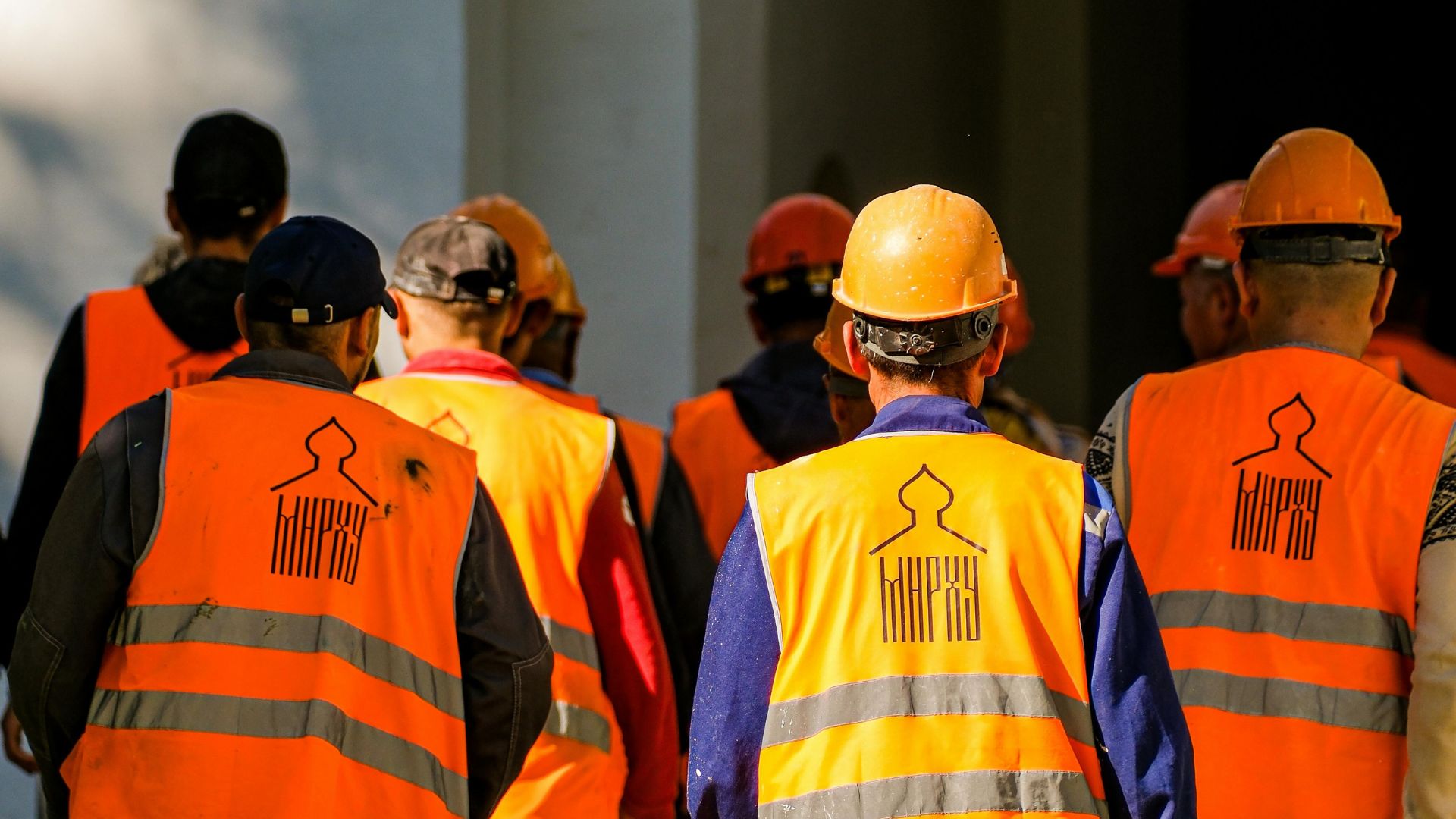
Employee Happiness Directly Impacts Safety In A Deskless Workplace


Many workplaces struggle to build a culture of safety, leading to high absenteeism rates, frequent accidents, and low productivity among employees.
These issues can be caused by a lack of employee engagement and happiness. Disengaged workers are more likely to make mistakes, have accidents, and take time off, which can have a significant impact on your business's bottom line.
The solution is to prioritize employee happiness. By creating a positive work environment, recognizing employees' contributions, and providing opportunities for growth and development, you can increase engagement, motivation, and safety in the workplace.
Let's explore why employee happiness is crucial for building a culture of safety.
What is employee happiness?
Employee happiness is the feeling of contentment, satisfaction, and fulfillment that workers experience on the job. It's more than just a good mood; it's a state of mind that drives motivation, creativity, and loyalty. Happy employees are engaged, committed, and eager to contribute to their company's success.
.webp)
Why employee happiness and employee engagement are the same.
Employee happiness and employee engagement are two sides of the same coin. Engaged employees are happy, and happy employees are engaged.
Engagement is the emotional connection that workers have with their job, their team, and their organization. It's the sense of purpose, autonomy, and mastery that drives their performance. When employees are engaged, they feel valued, respected, and supported, and they are more likely to go above and beyond to achieve their goals.
{{press-clune}}
Employee happiness is important regardless of your industry or environment.
Employee happiness is important for many reasons. First, it's directly linked to productivity and performance.
Gallup research shows that organizations with low employee engagement scores experience
- 18% lower productivity
- 16% lower profitability
- 37% lower job growth
- 65% lower share price over time.
Second, happy employees are more likely to stay with their company, reducing turnover and recruitment costs.
Third, happy employees are safer employees with over 90% implementing safe working practices most of the time.
The same Gallup research also shows that disengaged workers have:
- 37% higher absenteeism
- 49% more accidents
- 60% more errors and defects
Who is responsible for maintaining employee happiness?
Employee happiness is everyone's responsibility. Leaders, managers, and team members all play a role in creating a positive work environment.
Leaders set the tone for the organization, establish clear goals and expectations, and provide resources and support. Managers coach, mentor, and recognize their team members, and create opportunities for growth and development. Team members collaborate, communicate, and respect each other, and contribute to a positive team dynamic.

How do you increase employee happiness?
There are many ways to increase employee happiness. Here are a few ideas:
- Create a culture of recognition and appreciation. Acknowledge and celebrate employees' achievements, contributions, and milestones.
- Provide opportunities for learning and development. Offer training, mentoring, coaching, and feedback to help employees grow and improve their skills.
- Foster a sense of belonging and community. Encourage teamwork, collaboration, and social interaction.
- Create opportunities for employees to get to know each other outside of work. Shared experiences are crucial for building trust, connection and communication.
- Offer flexibility and autonomy. Allow employees to have control over their work schedule, tasks, and projects. Provide support and resources to help them succeed.
- Prioritize work-life balance. Encourage employees to take breaks, vacations, and time off to recharge and refresh.
.webp)
How do you measure employee happiness?
Measuring employee happiness can be challenging, but it's essential to track progress and identify areas for improvement. Here are 4 ways to measure employee happiness:
1. Employee surveys
Conduct regular surveys to gather feedback from employees about their job satisfaction, engagement, and well-being.
2. Employee retention
Track turnover rates and retention rates to gauge employees' loyalty and commitment.
3. Employee productivity
Measure employees' productivity and performance to assess their engagement and motivation.
4. Employee feedback
Encourage open and honest communication with employees to get their feedback and suggestions for improvement.
Employee happiness is the foundation of a culture of safety. By investing in employee well-being, organizations can create a positive, productive, and safe workplace for all.
Frequently Asked Questions


See PepTalk in action


Related
Latest Blogs


See PepTalk in action





.webp)


.webp)







.webp)